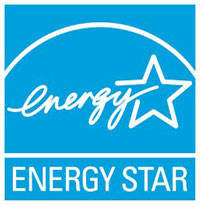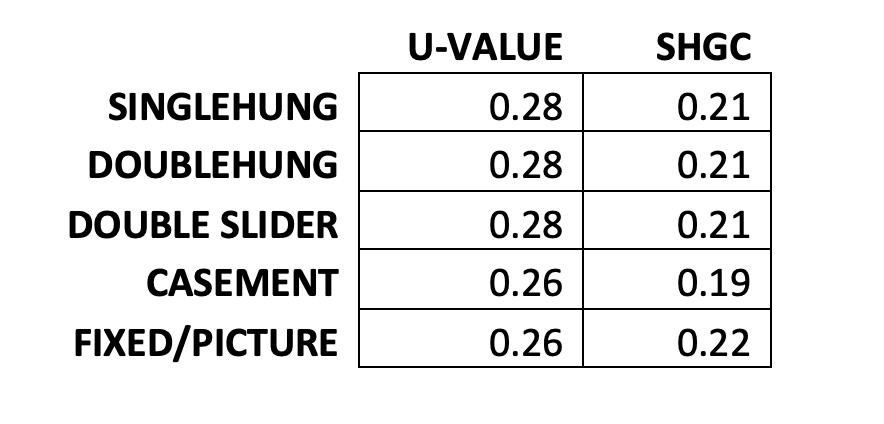LAS IS READY FOR ENERGY STAR VERSION 7.0, ARE YOU?

Before you buy windows this year, there are some important changes coming imminently to energy star’s requirements that you should be aware of. Energy Star is a program established by the U.S. Environmental Protection Agency (EPA) to help consumers identify energy-efficient products, including windows. Windows that meet Energy Star requirements are designed to save energy, reduce greenhouse gas emissions, and lower utility bills.
Energy Star windows are designed to help homeowners reduce their energy consumption and environmental impact while increasing their comfort and saving money on utility bills. By choosing Energy Star windows, homeowners can make a significant contribution to reducing greenhouse gas emissions and slowing climate change while improving the comfort and value of their homes.
Energy Star Windows
The Energy Star window sticker provides valuable information about the thermal performance of a window. Here are some of the key values you can find on an Energy Star window sticker:
- U-Factor: This value measures the rate at which heat flows through the window. The lower the U-factor, the better the window is at insulating your home. This would be the primary performance indicator in environments where majority of energy is spent heating and not cooling.
- Solar Heat Gain Coefficient (SHGC): This value measures the amount of solar radiation that passes through the window. The lower the SHGC, the less heat is transmitted through the window, which can be beneficial in warm climates. This would be the primary performance indicator for our southern region where energy is primarily consumed cooling and not heating.
- Visible Transmittance (VT): This value measures the amount of visible light that passes through the window. A higher VT can be desirable for rooms where natural light is important.
- Air Leakage (AL): This value measures the amount of air that can pass through the window. A lower AL value means that the window is less drafty. Energy star requires < .3 CFM/SQFT^2.
Energy Star Window Requirements
Energy Star updates its requirements for windows and other products periodically to reflect advances in technology and changes in market conditions and consumer needs. The frequency of these updates can vary, but Energy Star typically releases new versions of its requirements every few years.
For example, Energy Star for Windows Version 6 was introduced in 2014, version 7 will go into effect on Oct 23, 2023. The primary differences between version 6 and 7 for the most southern region, are stricter requirements for both u-value and SHGC. The requirements for U-factor went from “no more than 0.40” in version 6 to “no more than 0.32” in version 7. The requirements for SHGC went from “no more than 0.25” in version 6 to “no more than 0.23” in version 7.
LAS has always moved to exceed energy star requirements, not just meet them, so we are excited to announce, we already exceed the version 7 requirements, and have for quite some time with our Weathergard window line. While version 7 has received unprecedented push-back from major brands because of the difficulty of costs associated with meeting the new requirements; LAS has been exceeding these requirements for well over a decade already. Also, these are our base window statistics, no cost adders for glass packages needed as is common with many other brands.
Our basic window types without grids meet the following specifications in U-value and SHGC. Grids improve thermal performance as it blocks some sunlight transmittance through window.









